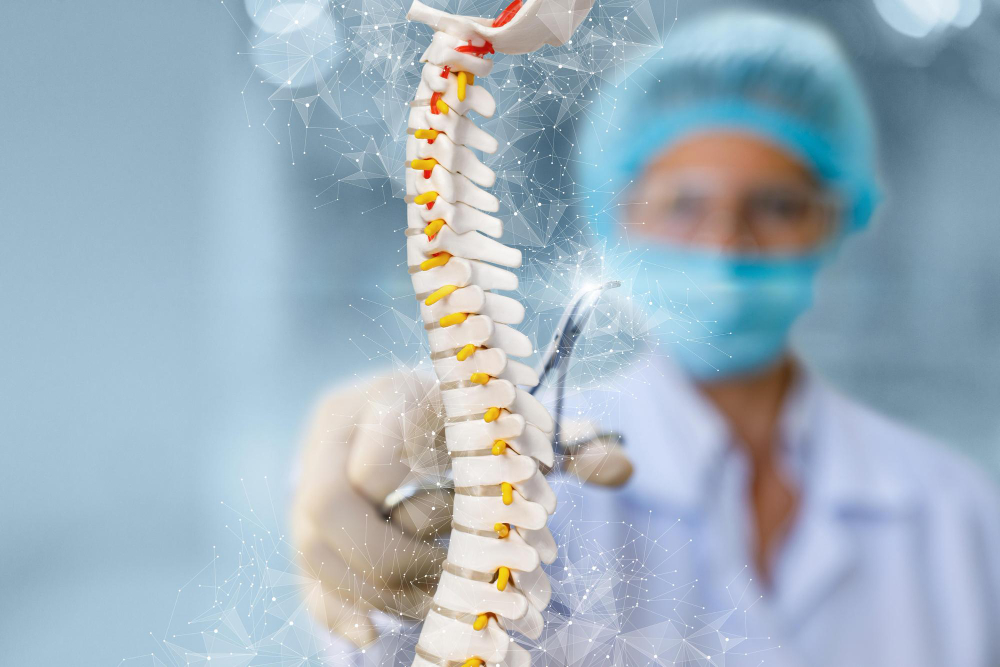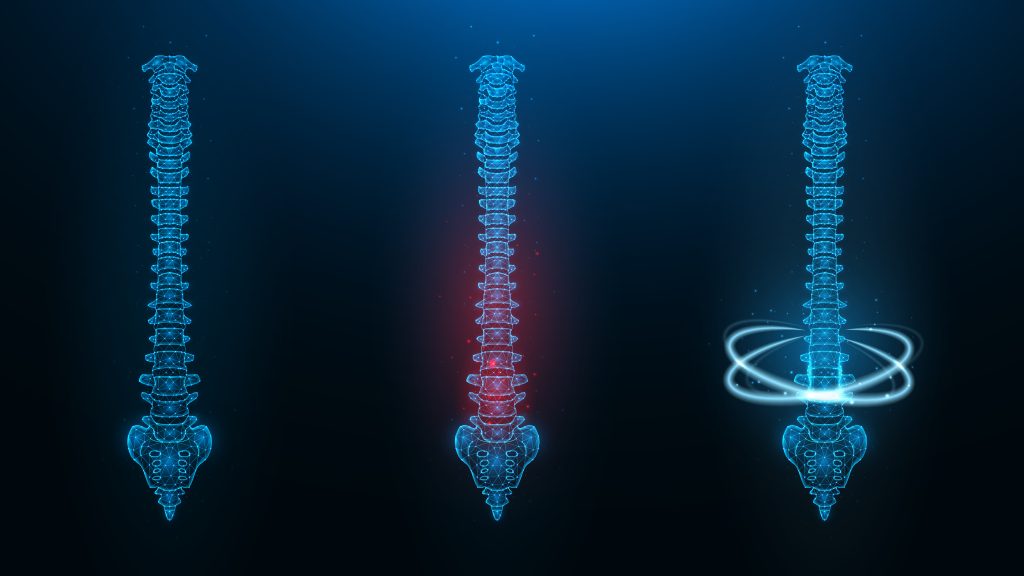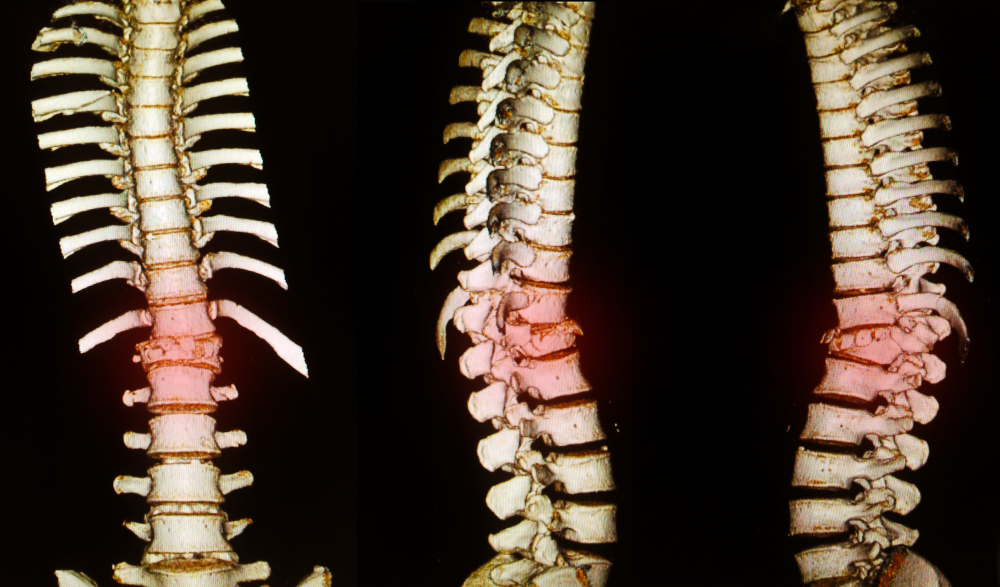What is Complex Spinal Reconstruction?
In order to correct spinal deformities and the related discomfort like numbness, pain, and instability in various parts of the body, a complex spinal reconstruction surgery is necessary. This surgery is difficult and demands an extremely careful and precise approach to ensure good outcomes.

The process of complex spinal reconstruction comprises two steps which are spinal decompression and stabilization of the spine through the use of prosthetic implants such as metal rods, screws, and hooks. These components are utilized to substitute the damaged part of the spine and promote the stability of your spinal column.
Examples of complex surgery:
- Re-position bones that have shifted or turned (such as in the case of scoliosis, kyphosis, or spondylolisthesis).
- One can fix a misshapen spine in order to realign the body’s posture and to properly balance the head over the hips.
- Revise a prior back or neck surgery
- Fix a fusion that did not properly heal (also known as pseudoarthrosis or broken hardware).
- Get rid of tumors in the spine that require reconstruction of bones.
- Repair spine fractures after a trauma
Conditions We Treat
Our doctors have the ability to offer complete care for the neck and back of individuals ranging from diagnosing scoliosis in teenagers to treating degenerative spinal disorders in older adults.
- Degenerative diseases of the spine
- Scoliosis
- Spinal deformities
- Spinal fracture
- Traumatic spinal cord injuries
The doctors in our team are the most knowledgeable and skilled experts in the region when it comes to handling spinal injuries of Level I.
Complex Spinal Reconstruction Procedure

The complicated surgery to reconstruct the spine is carried out with the use of general anesthesia. A medication that causes sleepiness is given to render you unconscious and prevent any pain sensations during the operation.
- Depending on the technique your surgeon uses for your surgery, you may be positioned on your back (supine) or on your chest (prone).
- To reach your spine, your surgeon creates one or multiple minor incisions at the designated areas.
- The initial stage involves the decompression of the spine, which aims to ease the pressure on the nerves of your spine while also preserving the spine’s strength and flexibility.
- There are various methods available to perform spine decompression:
- A laminectomy involves the removal of a segment of bone from a vertebra, which helps to alleviate the pressure being placed on a nerve that has become compressed or pinched.
- A damaged portion of a disc is eliminated through a surgical procedure known as discectomy.
Once the bones are taken out, the surgeon will properly position the remaining bones in the spine.
Afterwards, devices such as screws, rods, pins or plates are utilized to stabilize the properly aligned bones and prevent them from moving.
Spinal fusion might be carried out based on the amount of damage done to the spinal cord and to enhance the stability of the spine. In case your surgeon decides to proceed with fusion, it would normally necessitate connecting two or more vertebrae by using a bone graft.
X-ray imaging might be carried out with the purpose of confirming the accurate alignment of the vertebrae.
Once the correct alignment of the spinal column has been achieved, the surgeon uses stitches or surgical staples to close the incision.
Recovery and prevention
Your initial check-up is planned for 14 days after the operation. Your dedication to adhering to the after-surgery guidelines will impact the speed and success of your recuperation.
Approximately six weeks after the incident, the process of restoring your physical condition will commence with regular appointments with a physical therapist. The recovery program generally involves performing activities that are aimed at enhancing the muscles in your back along with engaging yourself in low-impact workouts like swimming or walking.

Recovery phases
It is anticipated that the healing process following intricate spinal surgery will require a minimum of 3-6 months, and possibly even an entire year.
- During the initial month, it can be difficult to handle pain, achieve rest and carry out physical activities. It is recommended to apply ice on the affected area in every 2-3 hours and gradually increase the amount of walking every day. Assistance will be required for the first couple of weeks.
- After 2-3 months, your muscles will start to heal and you’ll find it easier to walk. Pain medication use will decrease gradually. Physical therapy sessions will commence. It’s important not to push yourself too hard.
- During a timeframe of three to six months, you will be able to engage in routine activities more regularly. The process of fusion should be stabilized, and it will be feasible to commence the gradual reduction of braces. Physical therapy will concentrate on enhancing your equilibrium and basic strength. Certain patients may be able to resume their work duties.
- After a period of six to nine months, most individuals have resumed their normal activities and returned to work. Although fusion is still ongoing, it is recommended to engage in low-impact exercise and strengthening.
Procedures We Perform
Surgery can often be beneficial for intricate spine issues. Our medical facility provides advanced surgical approaches for both degenerative and trauma-related spinal ailments. These treatments range from minimal incisions called “keyhole” procedures on discs to extensive reconstructions of the spine. Our talented surgeons possess the expertise to conduct the following surgical operations:
Neck (Cervical) Surgery
- ACDF is a surgical procedure used to treat problems with the neck vertebrae’s intervertebral discs. This surgery involves removing the affected disc and then fusing two adjacent vertebrae together to promote stability and reduce pain. ACDF has been shown to be an effective treatment for a variety of issues, including herniated discs, spinal stenosis, and degenerative disc disease. However, as with any surgery, there are risks and potential complications associated with the procedure.
- Anterior Cervical Discectomy
- Cervical Corpectomy
- Cervical Foraminotomy
- Cervical Laminectomy
- Cervical Laminoplasty
- Anterior Cervical Corpectomy and Fusion
Mid Back (Thoracic) Surgery
- Thoracic Discectomy
- Thoracic Spinal Fusion
- Thoracic Spine Decompression
- Thoracic Kyphoplasty
Lower Back (Lumbar) Surgery
- Anterior Lumbar Interbody Fusion (ALIF)
- Anterior Lumbar Corpectomy and Fusion
- Lumbar Laminectomy
- Posterior Lumbar Fusion
- Posterior Lumbar Interbody Fusion (PLIF)
- Posterolateral Lumbar Fusion
- Transforaminal Lumbar Interbody Fusion (TLIF)
Following a thorough assessment, a personalized treatment plan will be created by our team for you. We understand that opting for surgery could bring about concerns, therefore our team will inform you about all the options available and prepare you for what to anticipate from the procedure. Utilizing cutting-edge technology and innovative treatment methods can result in outstanding results. Arrange an appointment now to know our approach to your care.
Treatment in Türkiye:
The medical staff of surgical teams, doctors and consultants in Rehab Türk can provide the best treatment options and free consultations – by striving to keep abreast of the latest medical technologies and methods.
